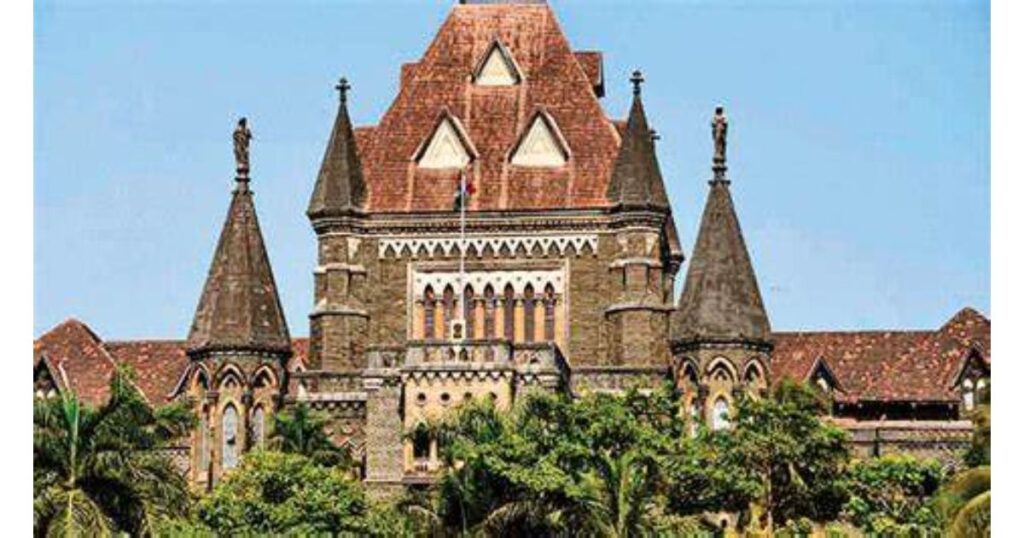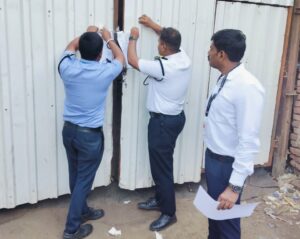Union Cabinet approves Phase 3 of e-Courts project for a period of four years

The Union Cabinet chaired by Prime Minister Narendra Modi has approved the third phase of the eCourts project as a central government scheme for a period of four years (from 2023). 7210 crore rupees is expected to be spent for this.
In line with Prime Minister Narendra Modi’s vision of ‘Sabka Saath , Sabka Vikas and Sabka Vishwas’ , the eCourts Mission Mode project is a key element in improving the process of justice delivery using technology.
As a part of the National e-Governance Plan , the e-Court project for Information Technology ( ICT) empowerment of the Indian Judiciary has been under implementation since 2007 , with its second phase ending in 2023. The third phase of India’s e-Court project is built on the principles of ‘easy accessibility and inclusiveness’.
Taking forward the success of the first and second phases , adopting digital transactions, digitizing all records including legacy records, making court operations online and paperless , and universalizing e-filing/e-payment by connecting all court complexes with e-service centres, etc.
E-Courts Phase- III aims to further facilitate the process of administration of justice . Due to this, while planning or prioritizing cases ,An intelligent smart system will be established to enable judges and registries to take data-based decisions. A major objective of the third phase is to provide a common technology platform for the judiciary , which will create seamless and paperless coordination between courts , litigants and other stakeholders.
E-Courts Phase III is a Central Government Scheme , Department of Justice, Ministry of Law and Justice, Government of India , and eCommittee, Supreme Court , to develop a justice system that enhances access to justice by making it accessible to all , cost-effective , reliable, predictable and transparent to beneficiaries . It is being implemented in a decentralized manner through the respective High Courts under their joint partnership.
Details of e-Courtus Phase- III are as follows:
| S.No. | Scheme Component | Cost Estimate (Total in Rs. Crore) | ||
| 1 | Scanning, Digitization and Digital Preservation of Case Records | 2038.40 | ||
| 2 | Cloud Infrastructure | 1205.23 | ||
| 3 | Additional hardware to existing courts | 643.66 | ||
| 4 | Infrastructure in newly set up courts | 426.25 | ||
| 5 | Establishment of 1150 Virtual Courts | 413.08 | ||
| 6 | 4400 fully functional eSewa Kendra | 394.48 | ||
| 7 | Paperless Court | 359.20 | ||
| 8 | System and Application Software Development | 243.52 | ||
| 9 | Solar Power Backup | 229.50 | ||
| 10 | Video Conferencing set-up | 228.48 | ||
| 11 | e-filing | 215.97 | ||
| 12 | Connectivity (Primary + Redundancy) | 208.72 | ||
| 13 | Capacity Building | 208.52 | ||
| 14 | CLASS (Live-Audio Visual Streaming System) in 300 Court Complexes Courtroom | 112.26 | ||
| 15 | Human Resources | 56.67 | ||
| 16 | Future Technological Advancements | 53.57 | ||
| 17 | Judicial process re-engineering | 33.00 | ||
| 18 | Disabled friendly ICT enabled facilities | 27.54 | ||
| 19 | NSTEP | 25.75 | ||
| 20 | Online Dispute Resolution (ODR) | 23.72 | ||
| 21 | Knowledge Management System | 23.30 | ||
| 22 | e-Office for High Courts & District Courts | 21.10 | ||
| 23 | Integration with Inter-Operable Criminal Justice System (ICJS) | 11.78 | ||
| 24 | S3WAAS platform | 6.35 | ||
| TOTAL | 7210 | |||
The expected outcomes of the scheme are as follows:
- Citizens without access to technology will be able to access court services through e-seva centers , thereby bridging the digital divide.
- Digitization of court records will form the basis for all other digital services in the project. This will reduce paper filing and reduce the physical exchange of documents , enabling the entire process to become environmentally complementary.
- Court proceedings in virtual medium will reduce costs associated with court proceedings such as travel expenses of witnesses , judges and relevant persons.
- Court fees , fines can be paid from anywhere at any time.
- Expansion of e-filing to reduce the time and effort involved in filing documents. As documents are automatically checked, human error is reduced and paper-based records are held back.
- By creating a smart ecosystem , using the latest technologies such as artificial intelligence and the same machine learning ( ML), optical character recognition (OCR), natural language processing (NLP), to provide users with a user-friendly experience. Fewer entries will lead to less scrutiny of the file , thereby facilitating better decision-making and strategic planning. This includes the idea of smart scheduling and intelligent systems that will enable judges and related systems to make data-based decisions and better predict the capacity of judges and lawyers.
- The expansion of virtual courts beyond the adjudication of cases related to traffic violations does not require the presence of litigants or lawyers in court.
- Brings more accuracy and transparency in court proceedings.
- Further expansion of NSTEP ( National Servicing and Tracking of Electronic Processes) focuses on automated delivery of court summons ,








